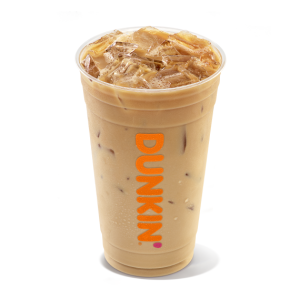
Dunkin Donuts Large Iced Coffee: Explore Flavors, Sizes, and More!
Hey there, fellow coffee enthusiasts and Dunkin Donuts devotees! Are you ready to explore the captivating realm of Dunkin Donuts Large Iced Coffee oz? We’re

Hey there, fellow coffee enthusiasts and Dunkin Donuts devotees! Are you ready to explore the captivating realm of Dunkin Donuts Large Iced Coffee oz? We’re
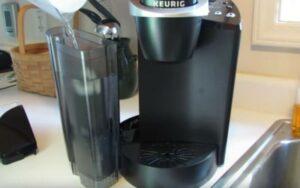
The descale light on your Keurig coffee maker is an essential reminder that it’s time to give your beloved machine some much-needed maintenance. Descaling is

We’ve all experienced it before – that sudden urge to run to the bathroom after having a cup of coffee on an empty stomach. But

Picture this: a room full of coffee lovers eagerly awaiting their next cup. Sounds delightful, right? But, what if you’re responsible for brewing 40 cups?
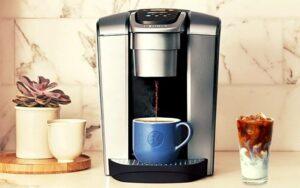
If you own a Cuisinart Keurig coffee maker, you know how great it is to be able to make a delicious cup of coffee with

Introduced in 2018, Starbucks Blonde Espresso has quickly become a favorite among coffee enthusiasts. As with any coffee beverage, knowing the caffeine content is essential
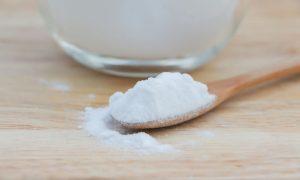
Hey there, fellow coffee enthusiasts! Have you ever been sipping on your favorite brew and wondered, “Does coffee have sodium in it?” Well, you’re in
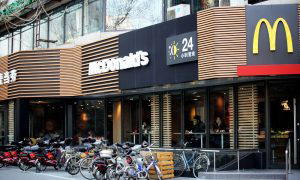
Are you a fan of McDonald’s iced coffee but on a keto diet? We’ve got you covered! In this article, we will explore the delicious
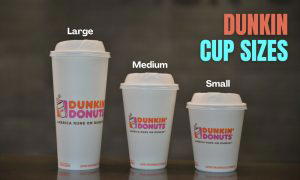
We all know that Dunkin’ is the go-to spot for a delightful coffee fix and a scrumptious donut or two. But have you ever wondered
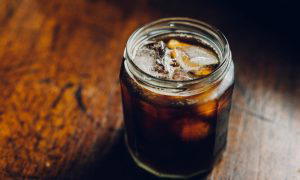
Greetings, fellow coffee aficionados! Have you ever pondered whether nitro cold brew packs more of a caffeine punch than its regular cold brew counterpart? You’ve